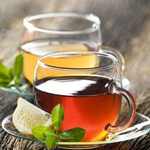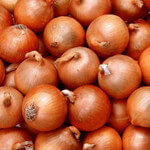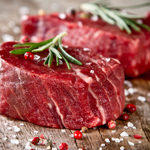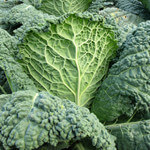Table of Contents
 Herbal teas have been treasured for their tastes and healing properties by virtually all civilizations on Earth since prehistoric times. Rich in antioxidants, full in flavor, and free from undesirable ingredients, you’re seldom likely to find a natural health expert who doesn’t recommended them. However, the herbal tea market is undeniably saturated, and new buyers often don’t know which teas are the best for their individual needs. So, let’s take a closer look at the most popular teas available today and the medical conditions they’re renowned for treating.
Herbal teas have been treasured for their tastes and healing properties by virtually all civilizations on Earth since prehistoric times. Rich in antioxidants, full in flavor, and free from undesirable ingredients, you’re seldom likely to find a natural health expert who doesn’t recommended them. However, the herbal tea market is undeniably saturated, and new buyers often don’t know which teas are the best for their individual needs. So, let’s take a closer look at the most popular teas available today and the medical conditions they’re renowned for treating.
Ginger Tea – Nausea and Indigestion
With its invigorating aroma and robust, pleasant taste, ginger tea is arguably the most popular herbal tea of all time. Much like the ginger root from which it is made, ginger tea is well-known for curing nausea and morning sickness due to ginger’s ability to relax the stomach muscles. Ginger tea also has the ability to treat indigestion since it stimulates the taste buds, thereby triggering digestive secretions that can break down proteins. Furthermore, the antioxidant gingerol contained in ginger can cleanse accumulated chemicals from our bodies, reducing stress and promoting overall well-being. Ginger tea is best enjoyed in the morning, often with a lemon slice or some honey.
Rooibos Tea – Cancer
Once limited to the South African territories from which it originates, rooibos tea is now gaining considerable popularity in the West due to its extraordinarily high levels of antioxidants (including aspalathin and nothofagin) and essential compounds such as flavanones, flavones, and flavanols. Consequently, it has become the preeminent anti-cancer herbal tea on the market today, since its many antioxidants have the ability to neutralize the free radicals that trigger cancerous growths. It also has immune-boosting and anti-aging properties, and has even been used to treat arteriosclerosis. Rooibos tea is best enjoyed in the morning, and it can be made more potent if mixed with other antioxidant-rich teas like oolong tea or green tea.
Valerian Tea – Insomnia
Valerian root is famous for its treatment of insomnia, although it is equally well-known for taking its time to work; studies show that it often takes a few weeks before regular consumption of Valerian tea begins to improve sleeping issues. Valerian’s sedative effects are linked to its ability to increase levels of gamma-aminobutyric acid (GABA) in the brain, which lowers the activity of certain brain cells and encourages sleepiness. Valerian tea is best drunk shortly before bedtime, and can be mixed with other teas that increase GABA levels such as lemon balm, peppermint, chamomile, and passionflower.
Hawthorn Tea – High Blood Pressure
The hawthorn bush, native to Europe, has been used to lower blood pressure for centuries. Thanks to the tea’s flavonoid content and antispasmodic capabilities, it has the ability to eliminate plaque build-ups in the arteries and increase blood flow into the coronary arteries, thereby stabilizing blood pressure and ensuring the heart remains in excellent health. Hawthorn tea can be mixed with other blood stabilizing teas like hibiscus tea.
Echinacea Tea – Infections and Colds
Echinacea tea has been used for hundreds of years in America to treat immunity-based issues such as infections. Testing has shown that it can shorten the recovery time of the common cold by approximately 1.4 days, and since echinacea can activate T-cell renewal, it remains the herb of choice for people seeking to cure themselves of upper respiratory conditions like coughs and influenza. When used to treat infections, echinacea tea is best drunk three times daily until the infection subsides.






